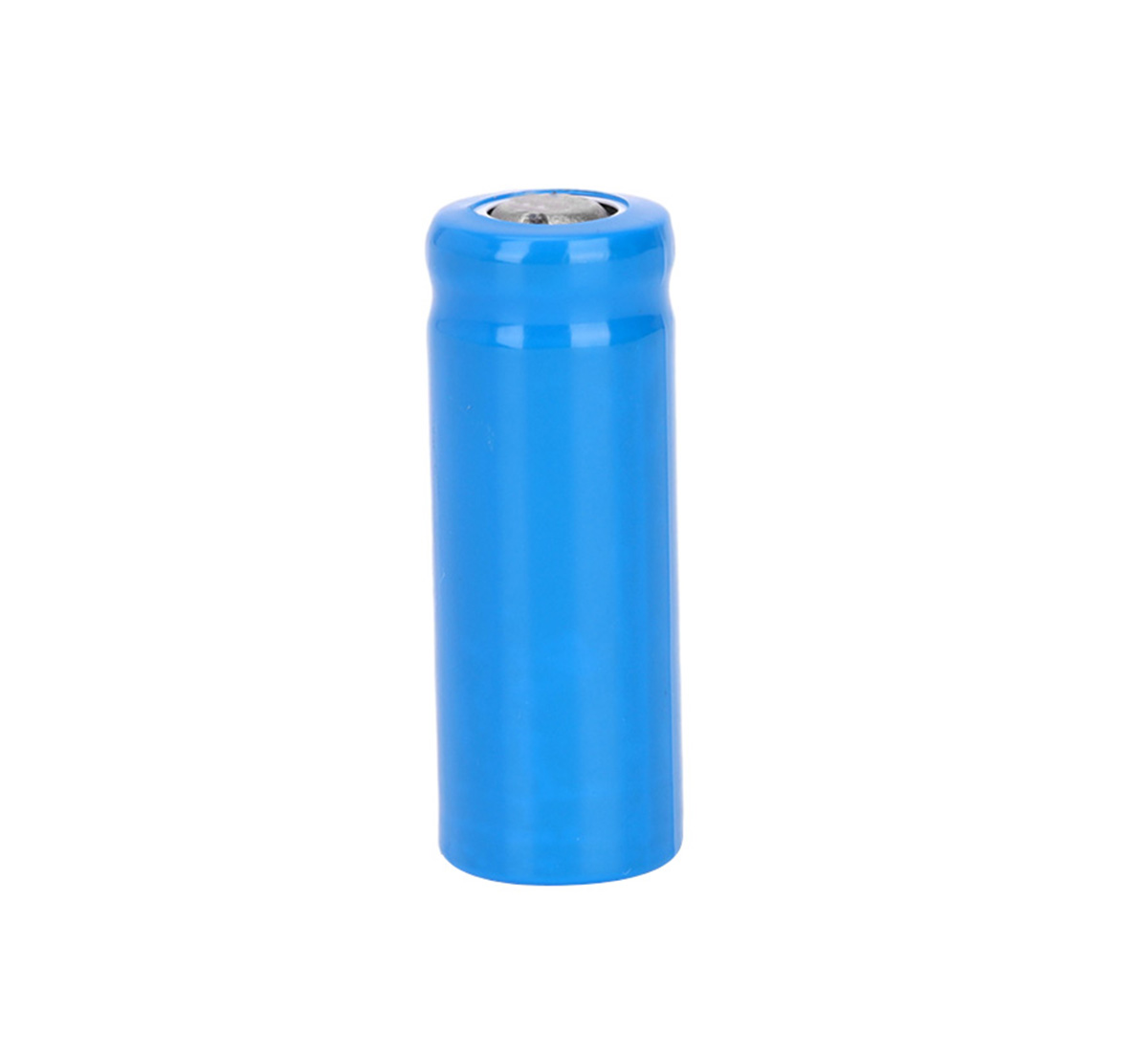Time:2024-03-26 Preview:1 source:News

In fact, all 3G mobile phones use lithium-ion batteries as their main power supply. Due to thermal and space constraints, designers must carefully consider what type of battery charger to choose and what features are needed to ensure safe and accurate charging of batteries.
An obvious trend in linear lithium-ion battery chargers is that package size continues to decrease. But of concern is the board space or ventilation required to cool the IC during the charge cycle, especially during the high-current phase. The power consumption of the charger increases the temperature of the junction of the IC. Combined with ambient temperature, it can reach high enough levels to overheat the IC and reduce circuit reliability. Additionally, many chargers will stop the charge cycle if overheated, only to resume operation when the junction temperature drops. If this high temperature persists, the charger's repeated "stop and start" cycles will continue to occur, prolonging charging times. To reduce these risks, users can only choose to reduce the charging current to extend the charging time or increase the board area to dissipate heat. Therefore, the overall system cost will also increase due to the increase in PCB heat dissipation area and thermal protection materials.
There are two solutions to this problem. First, there is a need for a smart linear Li-ion battery charger that does not have to sacrifice PCB area for thermal concerns and comes in a small thermally enhanced package that allows it to monitor its own junction temperature to prevent overheating. If a preset temperature threshold is reached, the charger can automatically reduce the charging current to limit power consumption, thereby keeping the chip temperature at a safe level. The second solution is to use a charger that generates almost no heat even at high charging currents. This requires the use of a pulse charger, which is a completely different technology than linear chargers. Pulse chargers rely on a well-regulated, current-limited wall adapter to charge.
Option 1: LTC4059A linear battery charger
The LTC4059A is a linear charger for single-cell lithium-ion batteries. It does not require the use of three discrete power devices and can be charged quickly without worrying about system overheating. The monitor reports the charging current value and indicates when the charger is connected to the input source. It comes in the smallest possible package without sacrificing thermal performance. The entire solution requires only two discrete components (input capacitor and a charging current programming resistor) and occupies an area of 2.5mm×2.7mm. The LTC4059A is packaged in a 2mm×2mmDFN package, which occupies only half the area of the SOT-23 package and provides a low thermal resistance of approximately 60°C/W to improve heat dissipation efficiency. With proper PCB layout and heat dissipation design, the LTC4059A can safely charge a single-cell lithium-ion battery with a current of up to 900mA when the input voltage is 5V. In addition, there is no need to consider worst-case power consumption when designing because the LTC4059A uses patented thermal management technology to automatically reduce charging current under high-power conditions (such as excessive ambient temperature).
Option 2: LTC4052 pulse charger with overcurrent protection function
The LTC4052 is a fully integrated pulse charger for single-cell 4.2V Li-ion/Li-polymer batteries. When the input voltage is 5.25V and fast charging at 0.8A, the LTC4052 consumes approximately 280mW, while the linear charger solution consumes up to 1.8W. Unlike switching chargers that use inductors to achieve high efficiency and low heat dissipation, the LTC4052 uses an inductorless design. A 700mA to 2A lithium-ion/lithium-polymer battery charger circuit designed using the LTC4052 occupies only 70mm2 and is less than 1.7mm high. By minimizing power dissipation, the LTC4052 relaxes end device thermal design requirements, allowing for smaller packages, reduced thermal airflow, and smaller PCB area, and eliminates hot spots, eliminating the need for heat sinks or fan.
The LTC4052 requires a current-limited wall adapter to control the charging current. It also needs to be equipped with overcurrent protection circuitry to protect against accidental use of higher currents or failure of the wall adapter. The LTC4052 is a fully integrated pulse charger that eliminates the need for external MOSFETs or blocking diodes (see Figure 3). This independent charger IC has functions such as C/10 detection, charging status indication, end-of-charge timer, wall adapter detection and over-current protection. The LTC4052's input supply can be from 4.5V to 12V and has 1% drift voltage accuracy.
Related suggestion:
Lithium battery transportation restrictions
Current application status of sodium-ion battery energy storage technology